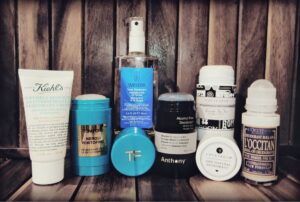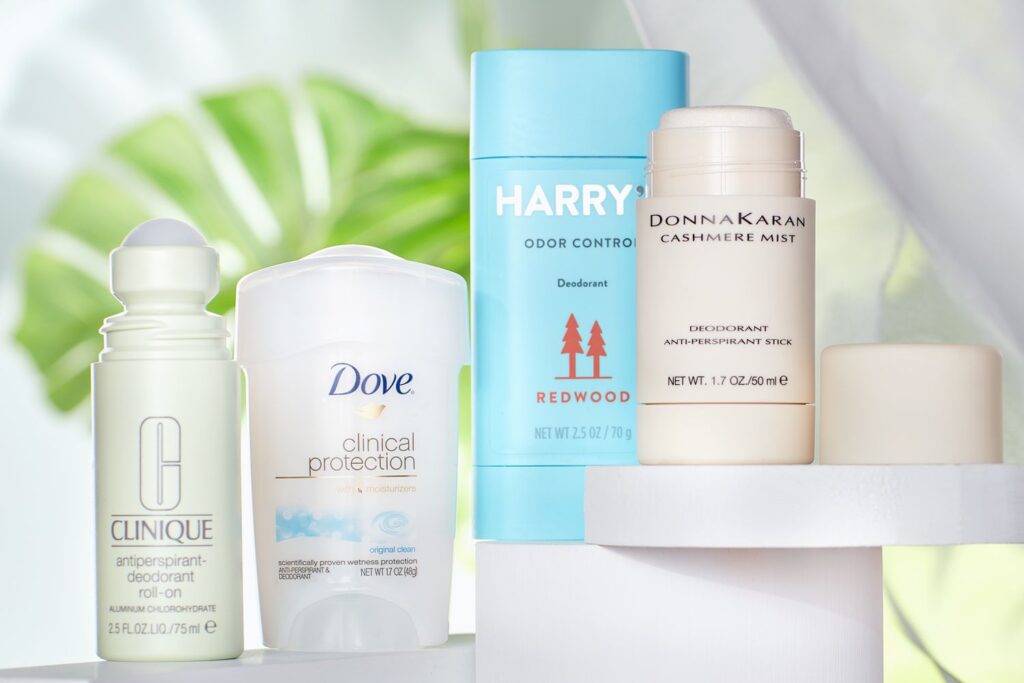What is deodorants?
Deodorant is a personal care product designed to combat body odor caused by bacterial growth on the skin. It plays a vital role in maintaining personal hygiene and helps individuals feel fresh, confident, and comfortable throughout the day. In this comprehensive exploration, we will delve into the origins, types, ingredients, application methods, and the importance of deodorant in modern personal care routines.
Origins and Historical Significance:
The concept of controlling body odor dates back thousands of years. In ancient civilizations, people utilized various natural substances to mask or neutralize unpleasant smells. Ingredients such as plant extracts, spices, and minerals were applied to the skin for their aromatic properties.
The modern form of deodorant, as we know it today, emerged in the late 19th and early 20th centuries. The first commercial of it known as “Mum,” was introduced in the United States in the late 19th century. It was a cream-based product that aimed to address underarm odor.
However, it wasn’t until the mid-20th century that the aerosol spray deodorant gained popularity, providing a more convenient and efficient application method. Since then, this industry has seen significant advancements in formulation, packaging, and scent options, catering to a diverse range of preferences and needs.
Types of Deodorants:

- Antiperspirant Deodorants:
- They are designed to reduce perspiration (sweating) by temporarily blocking sweat glands. They typically contain aluminum compounds, which create a barrier on the skin’s surface, limiting the amount of sweat that reaches the skin’s surface.
- This type of deodorant is particularly effective for individuals who experience excessive sweating or wish to minimize underarm wetness.
- Deodorant Sprays:
- They come in an aerosol form and are applied by spraying a fine mist onto the underarms. They often combine deodorizing agents with a propellant to provide a quick and even application.
- They are popular for their convenience and the refreshing sensation they provide upon application.
- Roll-On Deodorants:
- They are liquid-based and are applied using a rolling ball at the top of the bottle. As the ball rolls over the skin, it distributes the deodorant evenly.
- Roll-ons often contain similar active ingredients to spray deodorants and are favored for their ease of application.
- Deodorant Sticks:
- They are solid formulations that are applied directly to the skin. They are typically composed of a mixture of waxes, oils, and deodorizing agents.
- Sticks are valued for their mess-free application and long-lasting effectiveness.
- Cream and Gel Deodorants:
- They come in a semi-solid or gel-like form and are applied by massaging a small amount onto the skin. They are often formulated without alcohol, making them suitable for sensitive skin.
- These types of deodorants are appreciated for their soothing and moisturizing properties.
Key Ingredients:
- Aluminum Compounds: Found in antiperspirant deodorants, aluminum compounds temporarily block sweat glands, reducing the amount of perspiration that reaches the skin’s surface.
- Deodorizing Agents: These ingredients neutralize or mask odor-causing bacteria on the skin. Common deodorizing agents include baking soda, activated charcoal, and natural plant extracts.
- Fragrances: They often contain fragrances to provide a pleasant scent and further mask body odor.
- Emollients and Moisturizers: These ingredients are added to maintain skin health and prevent irritation, especially in sensitive areas like the underarms.
- Preservatives: Preservatives are included to extend the shelf life of the product and prevent bacterial growth within the them.
 Application Methods:
Application Methods:
- Clean and Dry Skin: It’s essential to apply them to clean, dry skin. Washing the underarms beforehand helps remove bacteria and sweat, ensuring them to remains effective.
- Apply Evenly: Regardless of the type of deodorant, it’s important to apply it evenly to the underarms. This ensures that all sweat glands are adequately covered.
- Allow to Dry: After applying, it’s best to allow them to dry before putting on clothing to prevent any residue or staining.
- Reapplication: Depending on the individual’s activity level and preferences, reapplication may be necessary, especially after strenuous exercise or in hot weather.
The Importance of Deodorant:
Deodorant plays a crucial role in personal hygiene and well-being:
- Odor Control: It effectively combats body odor by neutralizing or masking the scent produced by bacteria on the skin.
- Confidence and Comfort: Knowing that you smell fresh and clean can significantly boost self-confidence and overall comfort in social and professional settings.
- Hygiene and Health: Proper hygiene practices, including the use of it is to contribute to overall health and well-being by reducing the risk of bacterial infections and skin irritations.
- Cultural and Social Significance:It is a culturally significant personal care product. It is considered a standard part of daily grooming routines in many societies around the world.
- Self-Care Ritual: Applying them can be a calming and self-affirming ritual for many individuals, contributing to a sense of well-being and self-care.
In conclusion, deodorant is a fundamental personal care product that enhances hygiene, confidence, and overall well-being. Its diverse range of types and formulations cater to individual preferences and needs. By effectively combating body odor and promoting a sense of freshness, it plays a vital role in modern personal grooming routines, contributing to a comfortable and confident daily experience.

